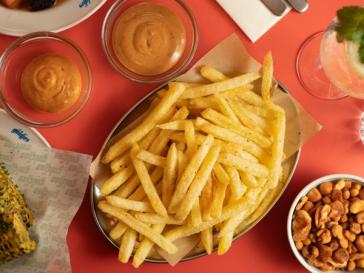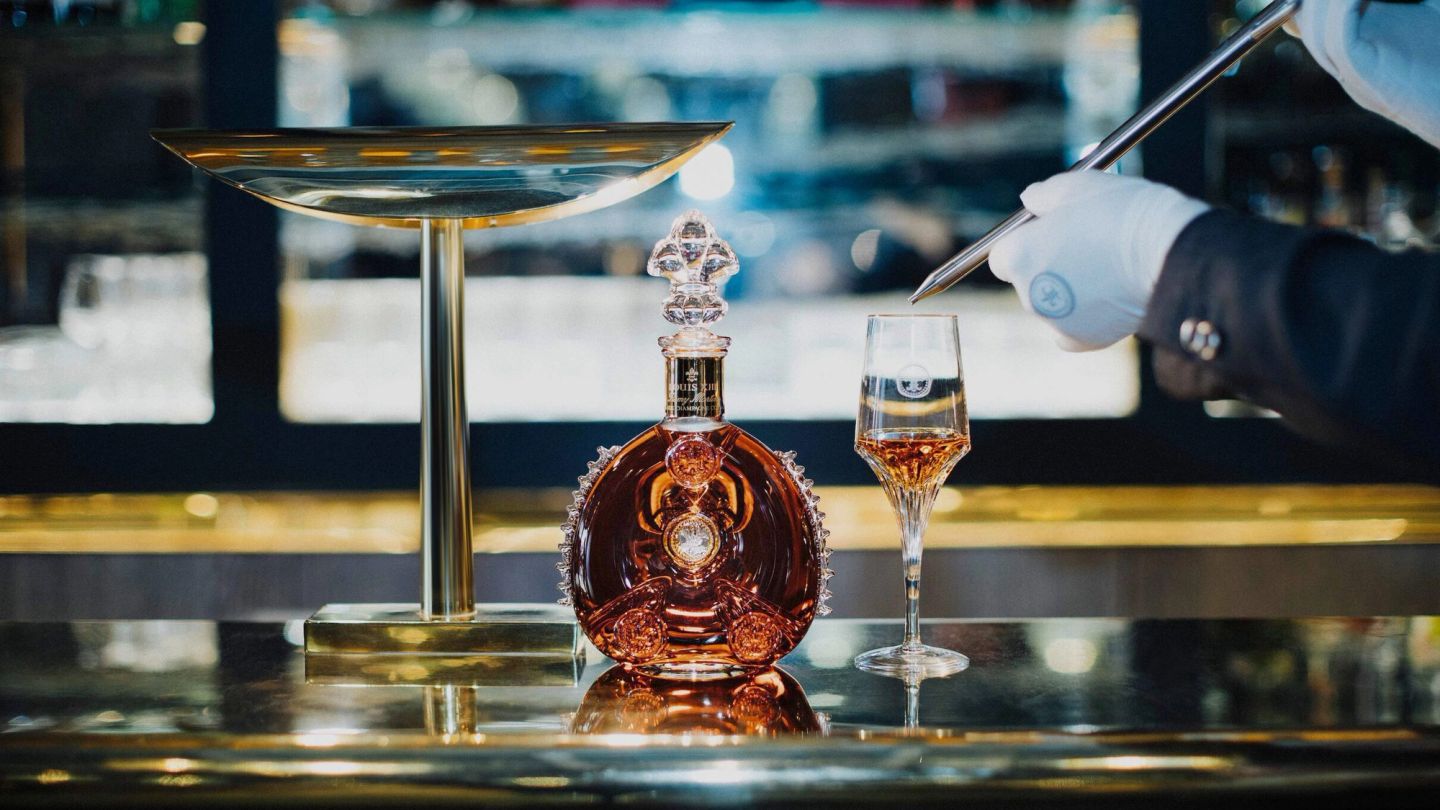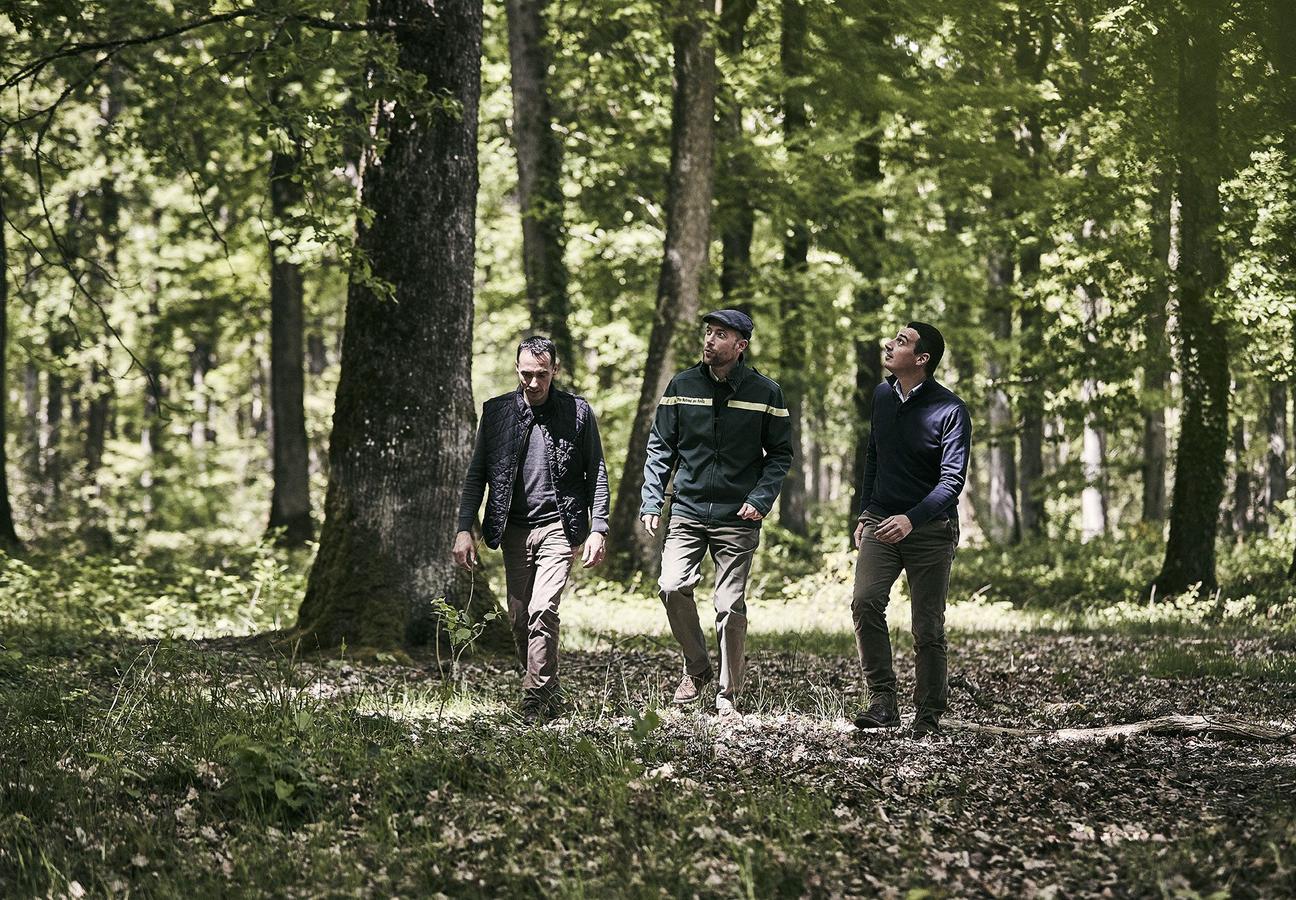

Here’s how bespoke barrels give Cognac its exquisite taste
Baptiste Loiseau, Cellar Master at Louis XIII cognac, reveals the barrel-making secrets that make this French spirit so unique
Words: Jonathan Wells
We know, we know. You’re much more interested in what wondrous, amber-coloured spirit is swirling around in those old oak barrels than the barrels themselves. And, if we’re being completely honest, so are we. But perhaps that’s wrong of us. For, like learning which tree our cigar’s binder leaf was plucked from, or finding the craggy outcrop where our favourite watch found its gold, there’s something endlessly satisfying about tracing things back to their roots.
And Baptiste Loiseau knows that more than most. What’s more, the Louis XIII cellar master takes it literally. Because, when the iconic Cognac house had to solve a problem like ageing barrels, Loiseau and his team were tasked with creating the brand’s first new ‘tierçons’ in over a century. And that meant tracing roots back to the forest, and finding the finest French oak trees with which to start.

“We may have different sizes of barrels,” explains Loiseau. “But what is most special about the casks that we use to create Louis XIII — the tierçons — is that they can hold up to 580 litres. And some of them are over a century old.”
It’s true — as far-fetched as it may seem. Most of these mammoth barrels, in which the double distilled eaux-de-vie spirit ages into fully-fledged Cognac, have been hanging around Louis XIII for decades. And Loiseau, as cellar master, decided it was time for a clear-out. Many were reaching the end of their lifecycles, and the team needed new tierçons to ensure the Cognac maintained its quality.
“We have four coopers on the team,” says Loiseau. “But, because of the size of these tierçons, even we had to turn to experts. The first of which were a family, in the forests of Limousin, who had to source trees for us. Big trees. Because we needed pieces of wood that were much larger than those used for normal barrels.”
It was no mean feat. In south-west France, some of the French oak trees had been growing for up to 180 years before the Louis XIII team felled them. But worry not, the brand is working with the Office National des Forêts to carry out oak reforestation operations across France.
As for the trees marked for tierçons, they had to be not only the right size, but also the right shape — straight and uniform; perfect for planking. And only French oak. It seems like Loiseau and his team were making it harder for themselves, limiting the search to one type of wood. But, as the cellar master insists, it could only ever be oak.
“Cognac has been made since the 16th Century,” he explains, “and these trees have been found to be the best in terms of tannins, aromas and so on. And, because we know that French oak is the best wood, and that we get the best aromas out of it, that is what we stick to. Of course, we’re doing a few experiments, but only with a handful of barrels. It’s really a small part of what we’re doing. In fact, we’re much more flexible with the actual eaux-de-vie than we are with the wood.”
The barrels, it seems, are a serious business. It can take up to six years for the planks alone to age to their full aromatic potentials. Once ready, they are transformed into staves, bent into the unique tall, slender tierçon shape and lined up by Loiseau’s coopers; mounted within hoops and adjusted, one careful hammer tap at a time, until a barrel is formed.
“We never need to add any extra staves,” says Loiseau, explaining that a well-made tierçon is all the environment an eaux-de-vie needs to age beautifully. And so, after toasting the inside of the finished barrel — a key stage in the production that requires vast technical skill to reveal just the right amount of oak character — the process is complete.
“And it all works on the laws of diffusion,” says the cellar master of ageing the spirit. “You’ve got contact between these aged eaux-de-vie and the oak, so the tannins and fibres will be stripped from the wood by the wine. And, because wood is very slightly porous, it will also allow the eaux-de-vie to breathe. This oxidises the spirit. So it’s not just characteristics coming from the wood that flavour the eaux-de-vie. It’s the conditions outside the barrel as well.”
No two tierçons are the same, concludes Loiseau. But that, he adds, is the beauty of it. And you can taste each unique note and singular, signature characteristic in every golden sip of Louis XIII you taste. So reach for your decanter, raise a glass and think of France — because it’s time we all appreciated Cognac’s life before the bottle.
More a whisky man? Here are the best bottles to try right now…
Become a Gentleman’s Journal member. Find out more here.


